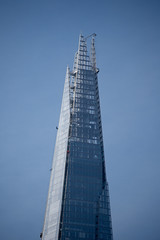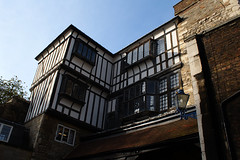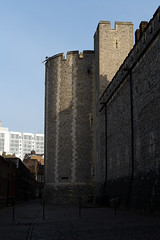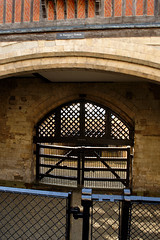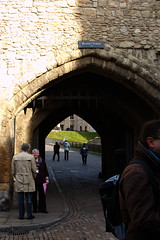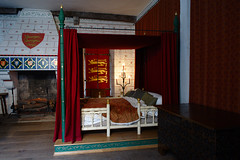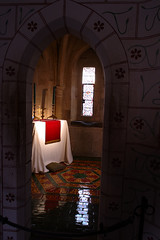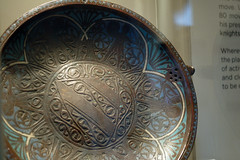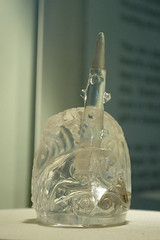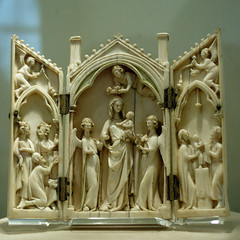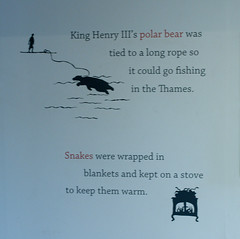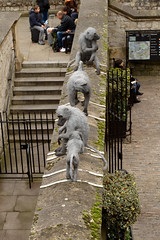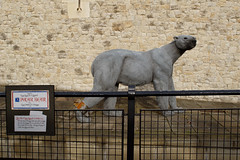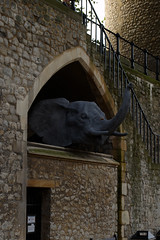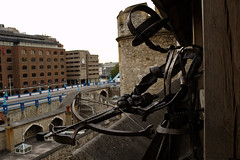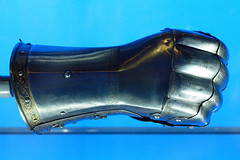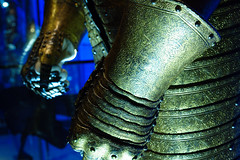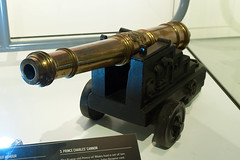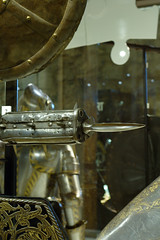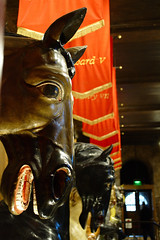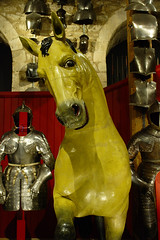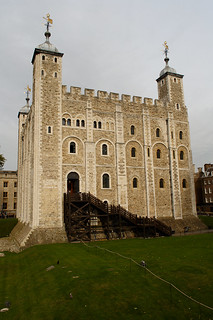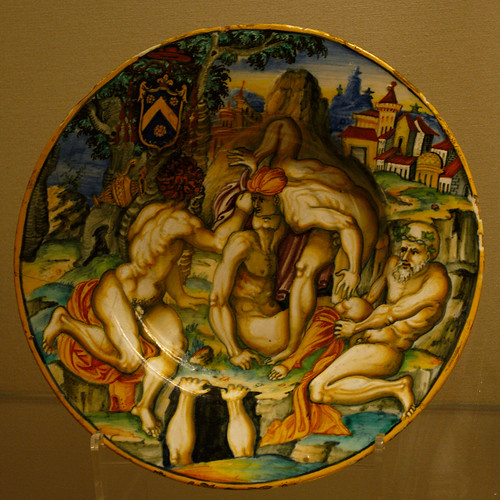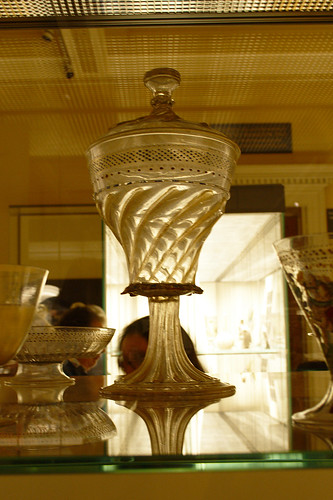The second episode of “Empire of the Seas: How the Navy Forged the Modern World” started with the defeat of the English Navy by the French in 1690 – still one of the most humiliating defeats of the Navy. At this time the French were the dominant sea-going nation, and the programme covered the recovery of the Navy over the following 70 years until in 1759 it really could be said that Britannia ruled the waves.
Along the way it covered how the country reorganised both financially and in terms of industry in order to better support the Navy. I hadn’t realised that the Bank of England was initially set up to loan money to the government for the Navy (and as a side note, I really should find myself a (readable) book about economics one of these days because I don’t really understand it). The industrial side was entrepreneurs doing things like moving nail production to the north-east where the coal for the forges was, and employing several blacksmiths in workshops near the river Tyne so that the nails were easily shipped to the shipyards in the south.
We also got told about the life of a sailor during this time – mostly unpleasant and full of hard work. The presenter, Dan Snow, tried some of the food that these sailors would’ve eaten – it looked pretty repulsive (tho the biscuit he had wasn’t full of weevils, it wasn’t that accurate) and apparently tasted as bad as one would expect. It also wasn’t a balanced diet, and one of the challenges that faced the Navy was getting their military campaigns done before the sailors got too ill from disease and malnutrition. He took us on a modern Navy ship to show how it’s dealt with these days (walk-in -20°C freezers full of about 90 days worth of food), and told us about a successful campaign where the British fleet blockaded the French Navy’s headquarters for 6 months by actually figuring out how to ship fresh food to the fleet and keep the sailors healthy.
Another segment was about the execution of Admiral Byng – which I knew the “catchphrase” from, but had never actually heard the story before. Byng was tasked to come to the aid of the British troops on Minorca who were being attacked by the French in 1756, but felt that an attack was unlikely to succeed so withdrew. He was court-martialed for this, under the regulations against cowardice in battle and executed by firing squad. Voltaire wrote satirically about it (in Candide) – “Dans ce pays-ci, il est bon de tuer de temps en temps un amiral pour encourager les autres.” (“In this country, it is good to kill an admiral from time to time, in order to encourage the others.” – French taken from wikipedia, so hopefully it’s accurate). It did indeed encourage the others – the aggression of the Navy was unmatched, and Snow told us about a couple of examples of times when this undid them. But overall the Navy grew from a ruined and bankrupt fleet at the start of the period, to the première naval force in the world.
The fifth episode of Wartime Farm covered what life was like in 1942. Even more shortages of food and petrol meant that ever smaller scraps of land were being reclaimed to grow crops & ever more ingenious solutions were being devised to run vehicles. I was very impressed by the coal burning furnace that they fitted to an old ambulance so that they could use it as a general purpose truck on the farm without using any petrol. Basically they bolted a coal furnace on the front and ran a pipe from the top through another container filled with heather to purify the coal gas produced, then that went into the engine. They also showed us some old footage of vehicles in towns that had been adapted to run off gas from the mains – they had great balloons on top filled with the gas, and we both winced watching the driver light up his cigarette as he got back in the truck after refilling the gas bag. They also told us about the coal miners – Bevin Boys – who were conscripted for the army and ended up working down the mines instead. I knew that happened, but I hadn’t realised it was 10% of the recruits for the army that did that.



